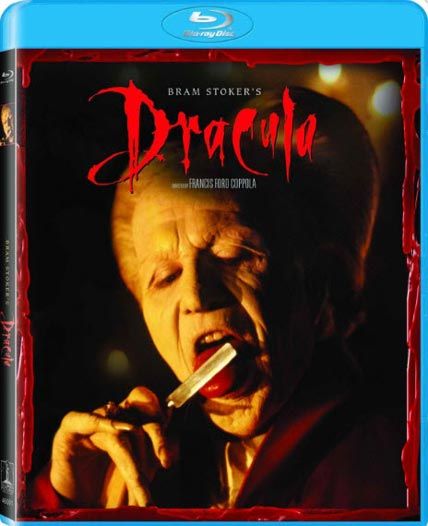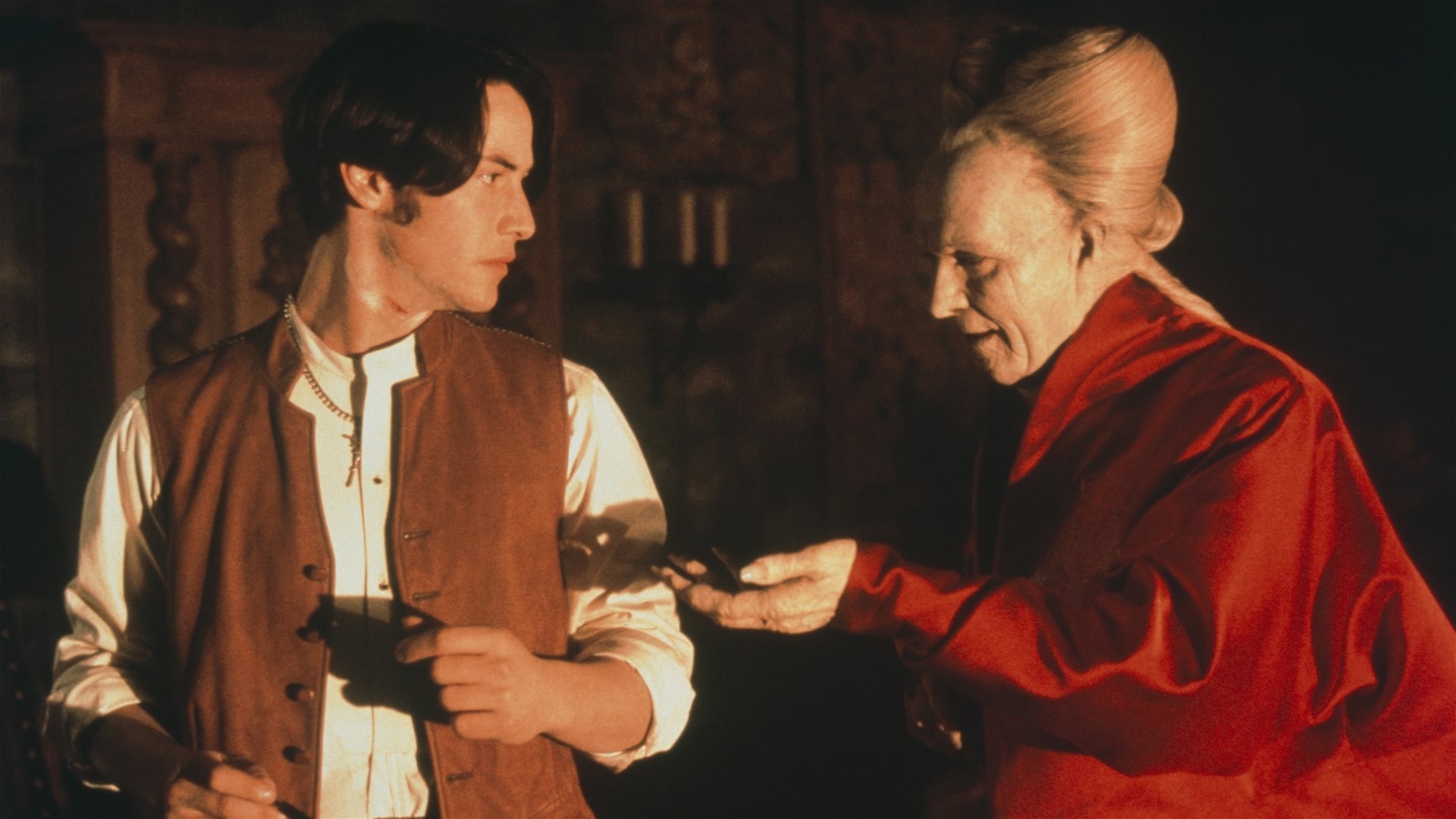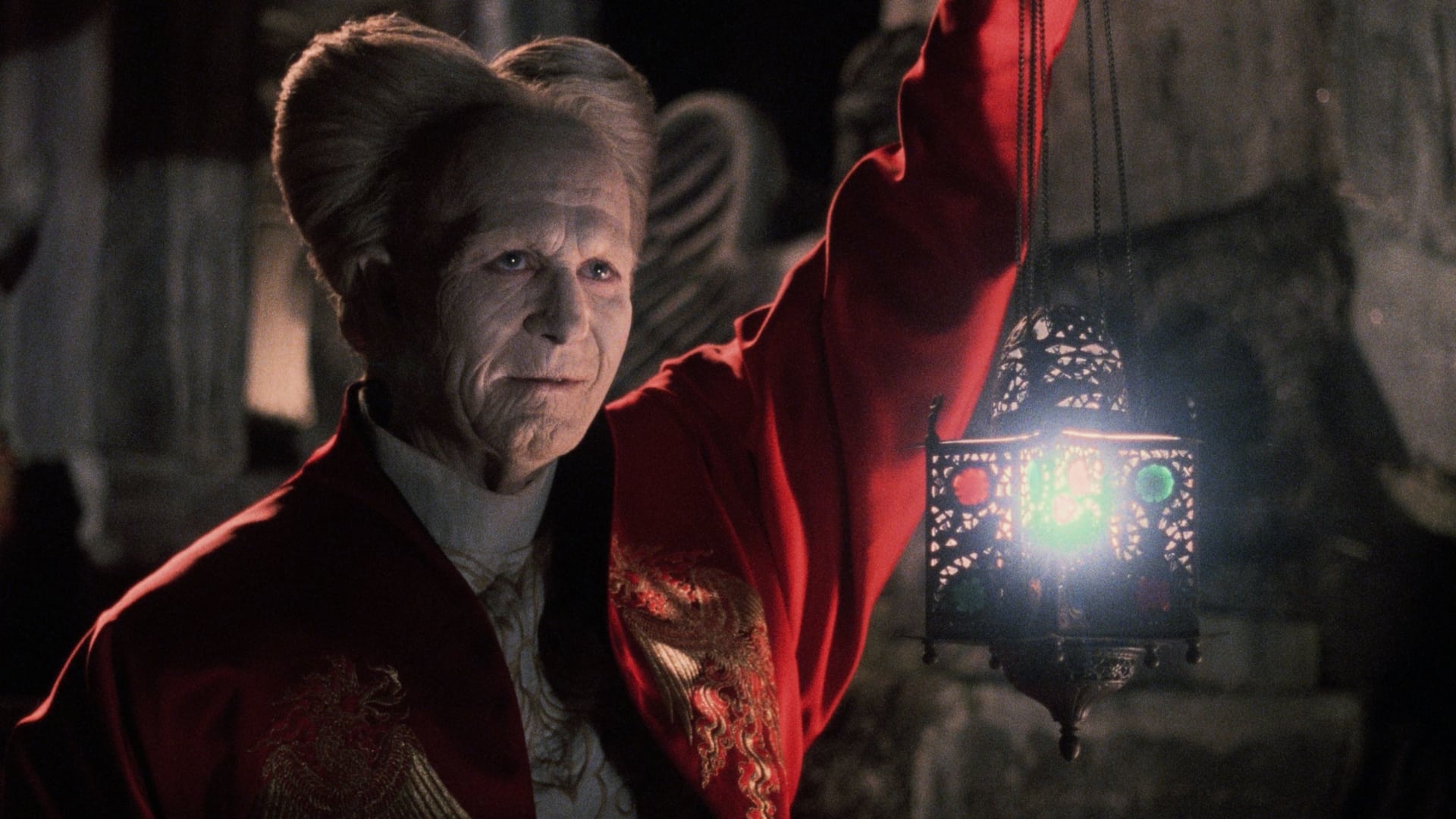
Literal smoke and mirrors in the digital age. In truth it’s more or less the same effect John Henry Pepper invented in 1862 to conjure a ghost on stage. But there they were in 1991, “puppeteering” dry ice fog in reverse, so it would appear to be sneaking below a mattress when reflected off a mirror and captured at a 45-degree angle in a camera that was running its film backwards. After all, you could now run a video taken by your iPhone in reverse with the swipe of a finger. It’s been nearly three decades since that day on set at the legendary Culver Studios, and Roman Coppola is a bit older and far more seasoned, yet when he looks back at what he and his team achieved on Bram Stoker’s Dracula, he can’t help but marvel. “That was a good one, if I may brag a little, in that it was a backwards photography with a 50/50 mirror,” Roman says in 2020. When lit by green lights and reflected in the mirror, a sentient emerald mist suddenly appeared in the same room as Ryder. And in that blackness, smoke created by dry ice was oozing its way around the velvet. Instead, at about a 90-degree angle away from Ryder’s boudoir, stood a duplicate set of the same size and shape, but buried in black velvet Duvetyne.

Yet co-star Gary Oldman wasn’t on hand that day.

On the other end of the glass lay Winona Ryder in bed, ostensibly asleep but soon to be bedeviled by a monstrous vampire.

Sitting before Roman Coppola’s second unit camera was a 50/50 mirror, the kind that was once commonplace in any illusionist’s magic shop, but which hadn’t seen the inside of a Hollywood studio in decades. It was one of the most challenging shots in Bram Stoker’s Dracula.


 0 kommentar(er)
0 kommentar(er)
